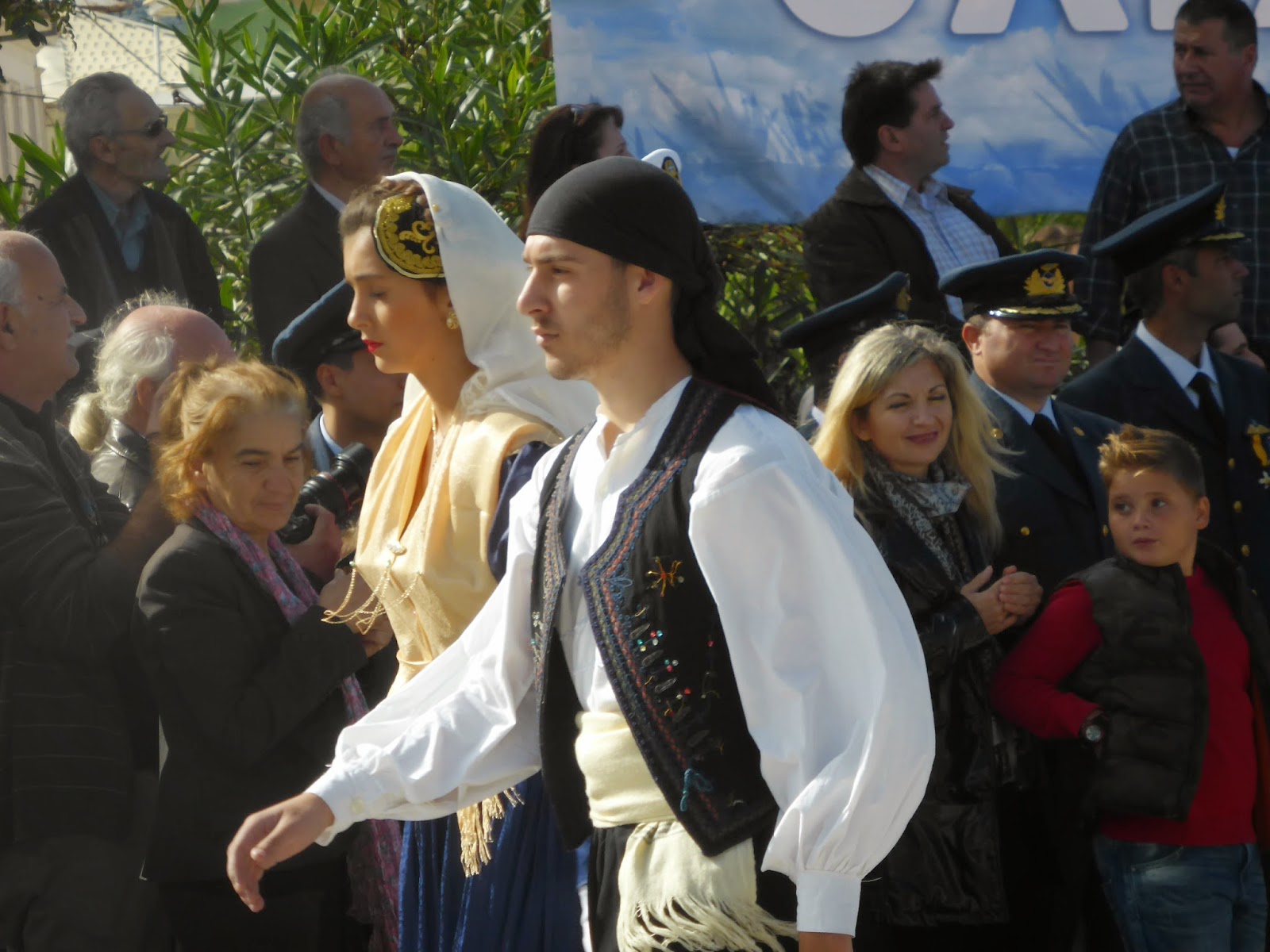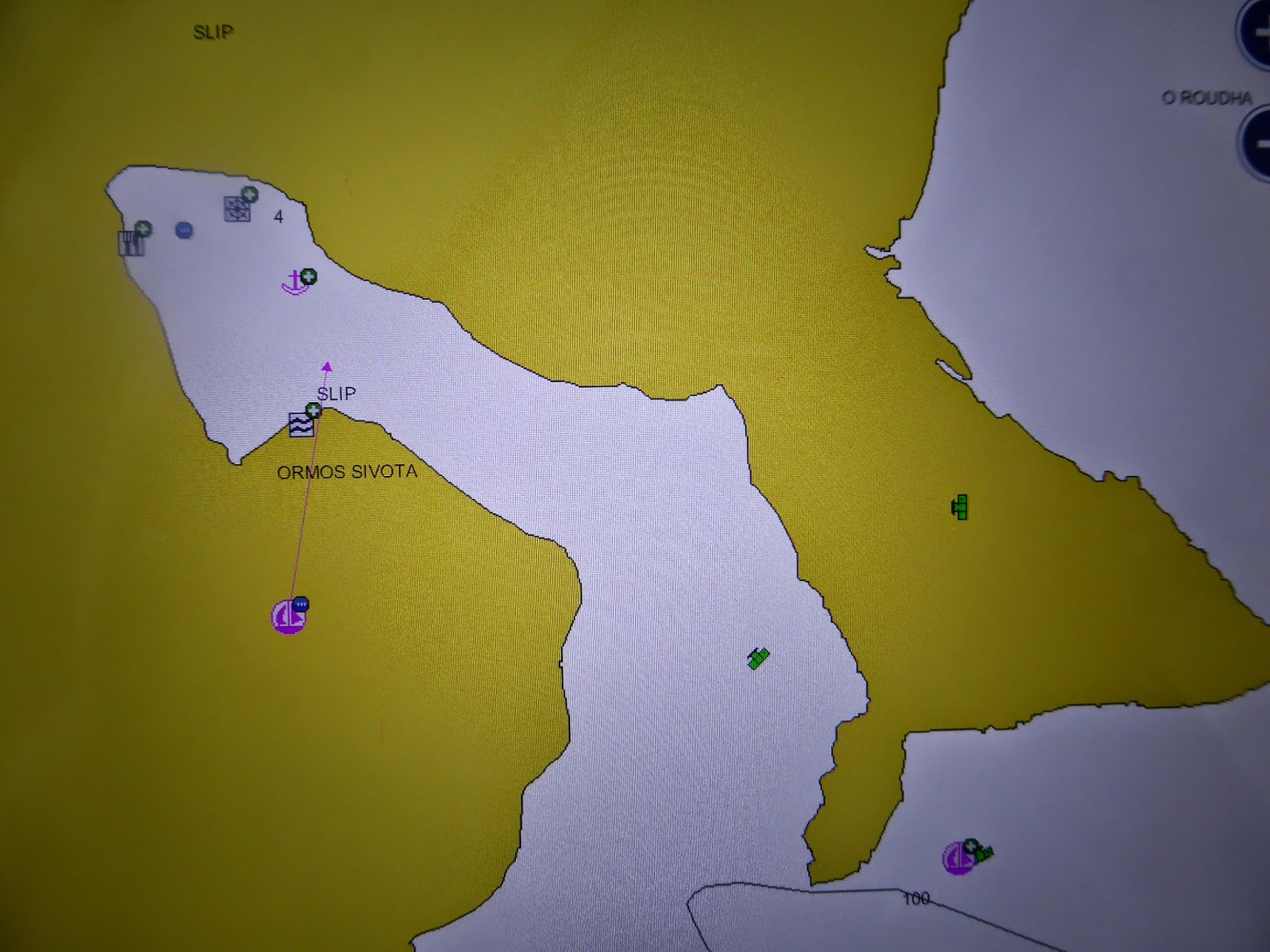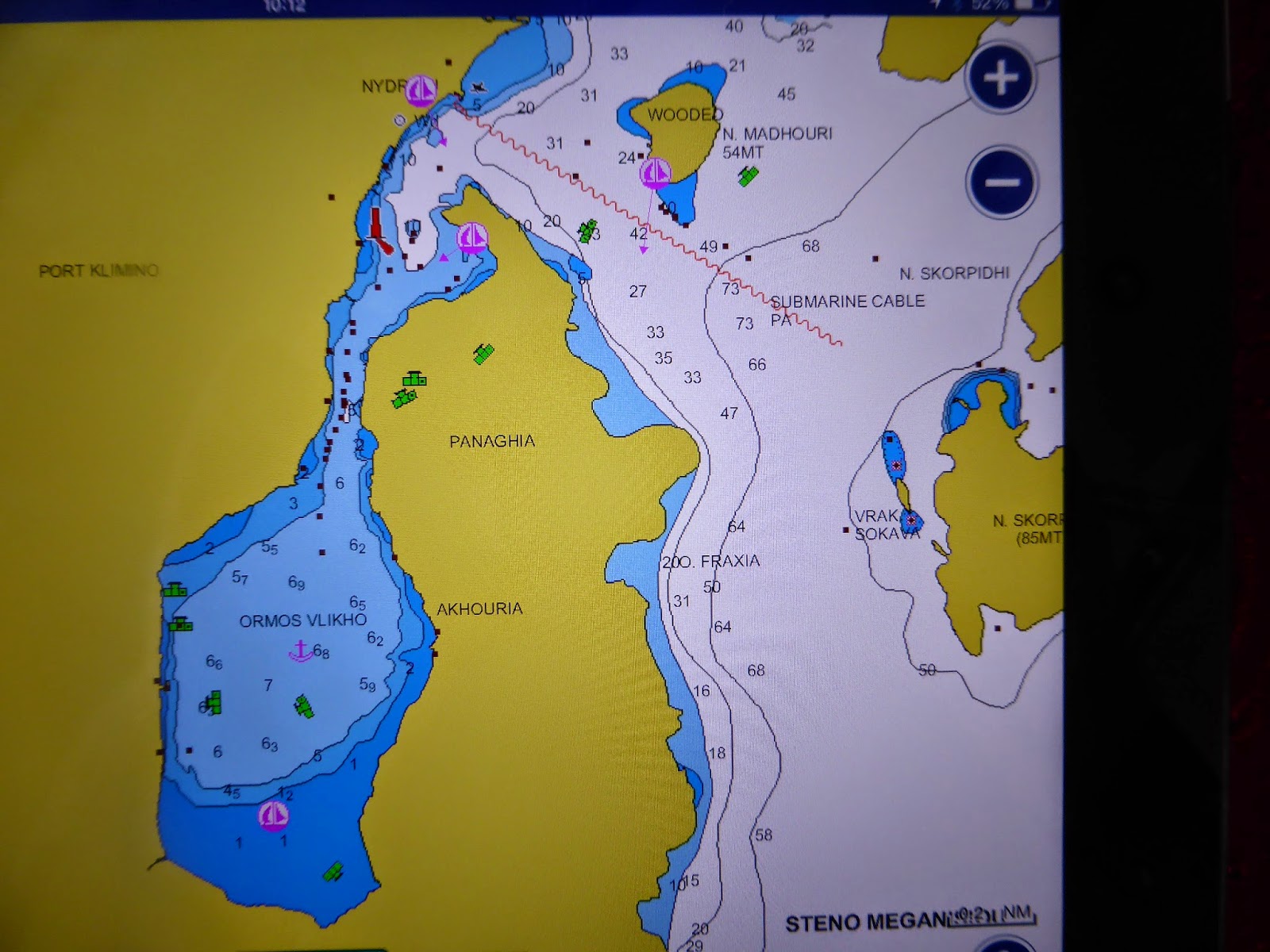LOOKING BACK ON SIX YEARS OF LIVING THE DREAM - CRUISING THE MED
The Med surprises
With an area of 2.5 million square kilometres the Med is slightly larger than the Tasman Sea and twice as wide at 2,400 miles. From north to south it varies from just nine miles at the Strait of Gibraltar to 990 miles, and has an average depth of 1,500 metres with a greatest of 5,267 metres. It is surrounded by three continents - Europe, Asia and Africa and 22 countries having a total population of about 500 million with highly diverse cultures, languages, cuisines, standards of living; their histories representing the cradle of western civilisation. It has thousands of islands with nine having areas over 1,000 square kilometres; the largest, Sicily, is home to over five million. Contrary to perception the Med can get mighty rough.
Beginnings
In late 2004 under cloudless blue skies with a gentle breeze we are ghosting across the sparkling turquoise sea aboard my brother’s 12 metre yacht, Acrobat, cruising southern Turkey’s stunning Kekova Roads area. Shaded by the billowing genoa Diane and I relax on the foredeck, where the only sound is Acrobat’s bow slicing through the sea as she creates a small bow wave of white foam. Cooled by drops of spray, we inhale the ozone as we reflect on how much we’re enjoying our brief holiday; a tantalising combination of stable summer weather, fascinating ancient history brought to life by easily-accessible ruins, great anchorages and the unique and exotic Turkish culture. In one of those memorable moments Diane and I decide, “we should do this full time”, and then and there commence our planning to live aboard in the Med.
Castle ruins at Kekova
Looking down from castle across Kekova Roads
We had cruised extensively in New Zealand, but work commitments restricted our adventures to four weeks duration, and we’d always dreamed of enjoying great destinations until we tired of them rather than meeting timetables. We had adult children living overseas, no health issues, and wanted to cruise while circumstances permitted. Boating experience was no issue, having always worked well as a team on four power boats we’d owned during 30 years.
Most types of boat are suited to cruising the Med, but after two years of extensive research and planning we decide to buy a heavy displacement mono-hull passagemaker providing future options for long-range cruising, possibly back to New Zealand. We want to cruise comfortably, not “camp on the sea”, and our decision to buy a Nordhavn 46 (14 metre) is based on a combination of size, legendary passage-making capability, classic lines, pricing and comfortable accommodation for two couples.
When we purchase Envoy in Ostia, Italy, we are thrilled with her trans-Atlantic pedigree and that she is immaculate and fully-equipped, needing only consumable stores added to commence our new life.
Changing Envoy's sign writing in Ostia marina
Launching Envoy for our first time at Ostia marina
The Med cruising season
We typically stay in the Med for eight months each year, starting around early-April, when it can still be a little chilly and showery, through to mid-November. The Med generally has consistent warm stable weather during June to September with clear skies, little or no rain and winds rarely above Force 7. The hottest and busiest months are July and August when Europeans take their summer vacations. In the winter months it can be cold, often with snow on surrounding mountain areas and with more frequent gales. During this period most cruisers hibernate in marinas or return home. ………… continued next posting
Envoy is currently in Lefkas marina for the Med
winter.
This is part one of a five part summary of Envoy’s six years Med cruising to date. The full article will shortly be published in Pacific Motor Yacht magazine. The Med surprises
With an area of 2.5 million square kilometres the Med is slightly larger than the Tasman Sea and twice as wide at 2,400 miles. From north to south it varies from just nine miles at the Strait of Gibraltar to 990 miles, and has an average depth of 1,500 metres with a greatest of 5,267 metres. It is surrounded by three continents - Europe, Asia and Africa and 22 countries having a total population of about 500 million with highly diverse cultures, languages, cuisines, standards of living; their histories representing the cradle of western civilisation. It has thousands of islands with nine having areas over 1,000 square kilometres; the largest, Sicily, is home to over five million. Contrary to perception the Med can get mighty rough.
Beginnings
In late 2004 under cloudless blue skies with a gentle breeze we are ghosting across the sparkling turquoise sea aboard my brother’s 12 metre yacht, Acrobat, cruising southern Turkey’s stunning Kekova Roads area. Shaded by the billowing genoa Diane and I relax on the foredeck, where the only sound is Acrobat’s bow slicing through the sea as she creates a small bow wave of white foam. Cooled by drops of spray, we inhale the ozone as we reflect on how much we’re enjoying our brief holiday; a tantalising combination of stable summer weather, fascinating ancient history brought to life by easily-accessible ruins, great anchorages and the unique and exotic Turkish culture. In one of those memorable moments Diane and I decide, “we should do this full time”, and then and there commence our planning to live aboard in the Med.
Castle ruins at Kekova
Looking down from castle across Kekova Roads
We had cruised extensively in New Zealand, but work commitments restricted our adventures to four weeks duration, and we’d always dreamed of enjoying great destinations until we tired of them rather than meeting timetables. We had adult children living overseas, no health issues, and wanted to cruise while circumstances permitted. Boating experience was no issue, having always worked well as a team on four power boats we’d owned during 30 years.
Most types of boat are suited to cruising the Med, but after two years of extensive research and planning we decide to buy a heavy displacement mono-hull passagemaker providing future options for long-range cruising, possibly back to New Zealand. We want to cruise comfortably, not “camp on the sea”, and our decision to buy a Nordhavn 46 (14 metre) is based on a combination of size, legendary passage-making capability, classic lines, pricing and comfortable accommodation for two couples.
When we purchase Envoy in Ostia, Italy, we are thrilled with her trans-Atlantic pedigree and that she is immaculate and fully-equipped, needing only consumable stores added to commence our new life.
Changing Envoy's sign writing in Ostia marina
Launching Envoy for our first time at Ostia marina
The Med cruising season
We typically stay in the Med for eight months each year, starting around early-April, when it can still be a little chilly and showery, through to mid-November. The Med generally has consistent warm stable weather during June to September with clear skies, little or no rain and winds rarely above Force 7. The hottest and busiest months are July and August when Europeans take their summer vacations. In the winter months it can be cold, often with snow on surrounding mountain areas and with more frequent gales. During this period most cruisers hibernate in marinas or return home. ………… continued next posting





.JPG)













.JPG)
.JPG)

.JPG)

.JPG)

.JPG)
.JPG)
.JPG)



.JPG)


.JPG)



.JPG)
.JPG)

.JPG)
.JPG)

.JPG)
.JPG)
.JPG)
.JPG)
.JPG)
